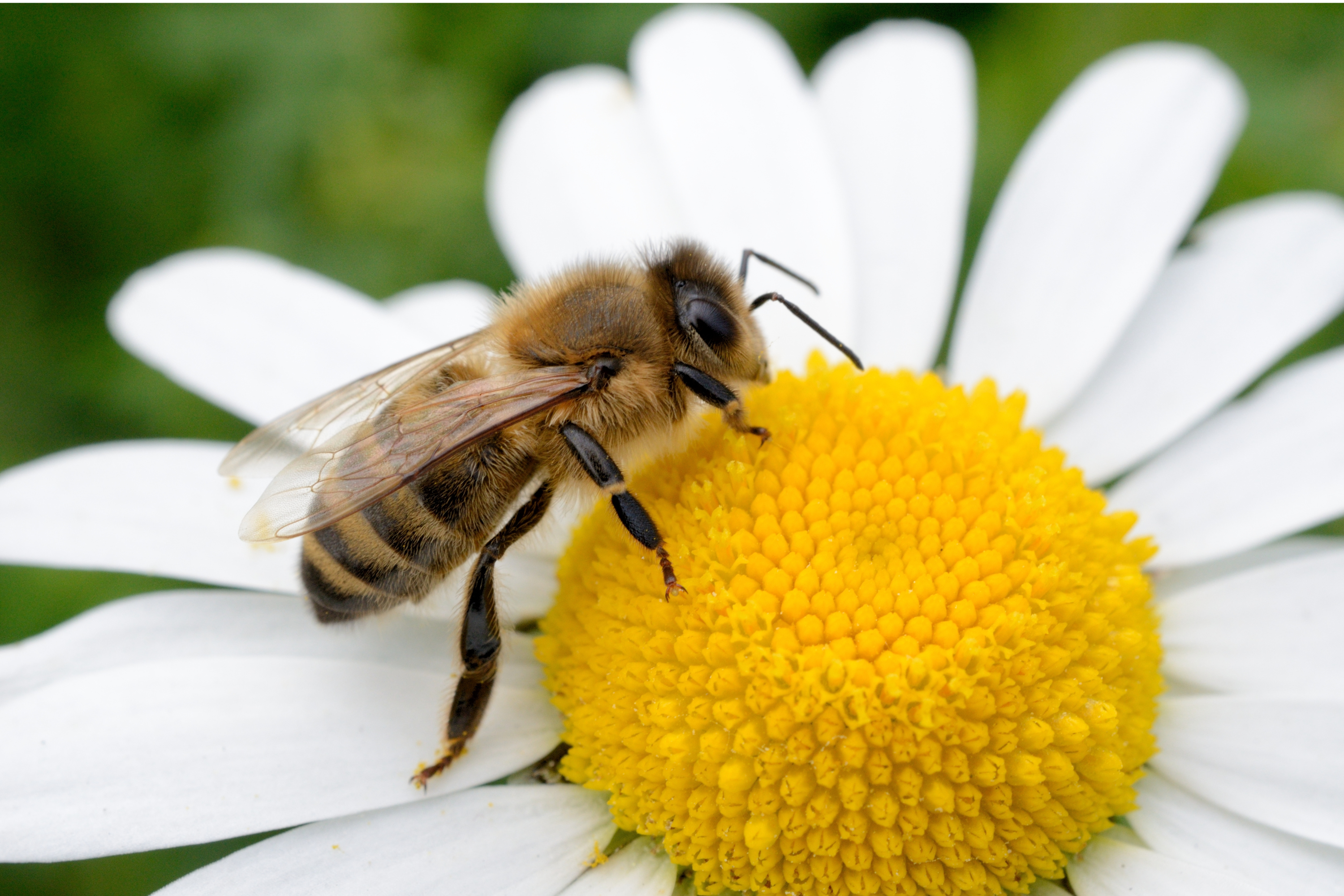
Honey Bees: The Tiny Workers Behind Healthy Crops
When you walk through a blooming orchard or admire a basket of fresh fruits and vegetables, there’s a good chance you have honey bees to thank. These small, buzzing insects may not look like much, but they’re some of the most important workers in agriculture—and our food system depends on them.
Let’s take a closer look at honey bees and why they’re essential for growing healthy crops.
What Are Honey Bees?
Honey bees (Apis mellifera) are social insects originally native to Europe, Africa, and Asia. They've since been introduced all over the world, including the United States, where they’ve become one of the most widely used and studied pollinators in agriculture.
Living in large colonies of up to 60,000 bees, honey bees work together with incredible coordination. Each colony includes a queen (who lays eggs), drones (males), and thousands of female worker bees who forage, make honey, and maintain the hive.
Crops That Depend on Honey Bees
Many of the foods we eat every day rely on honey bee pollination.
These include:
-
Fruits: Apples, cherries, blueberries, strawberries, peaches, melons
-
Vegetables: Cucumbers, squash, pumpkins, broccoli
-
Nuts: Almonds (100% dependent on honey bee pollination!)
-
Oilseeds: Sunflowers, canola
-
Legumes: Beans, peas
-
Other crops: Coffee, cotton, and even hay crops like alfalfa (which feed livestock)
In total, honey bees help pollinate more than 90 commercial crops in the U.S., contributing billions of dollars to the economy each year.
Beyond Food: The Ripple Effect
Healthy crops don’t just feed people—they support livestock, pollinator-friendly habitats, and entire ecosystems. Pollination also improves crop quality, leading to better-shaped fruits and higher yields.
Without honey bees, the variety, abundance, and quality of our food would drop significantly. Some crops would become rare or prohibitively expensive. Others might disappear altogether from grocery shelves.
The Challenges Honey Bees Face
Unfortunately, honey bees are struggling.
Over the past few decades, beekeepers have reported high annual colony losses due to:
-
Pesticide exposure
-
Habitat loss
-
Parasites and disease, like the varroa mite
-
Poor nutrition from monoculture farming
These challenges put both wild and managed honey bee populations at risk, threatening not just honey production but the stability of our entire food system.
How You Can Help
The good news? You don’t have to be a beekeeper to support honey bees.
-
Plant pollinator-friendly gardens with a variety of flowers that bloom from spring through fall.
-
Avoid or limit pesticides, especially neonicotinoids.
-
Buy local honey and support farms that use bee-friendly practices.
-
Leave wild areas wild, giving bees access to forage and nesting sites.
Even small actions can help build a more pollinator-friendly world.
In Conclusion
Honey bees may be tiny, but their impact is enormous. From the apples in your lunchbox to the almonds in your granola, these tireless workers are behind the scenes, making it all possible. By understanding their importance and taking steps to protect them, we can help ensure that both bees and our food supply continue to thrive.
Up next: Not Just Honey Bees: How Native Bees Keep Our Crops Thriving
Share


